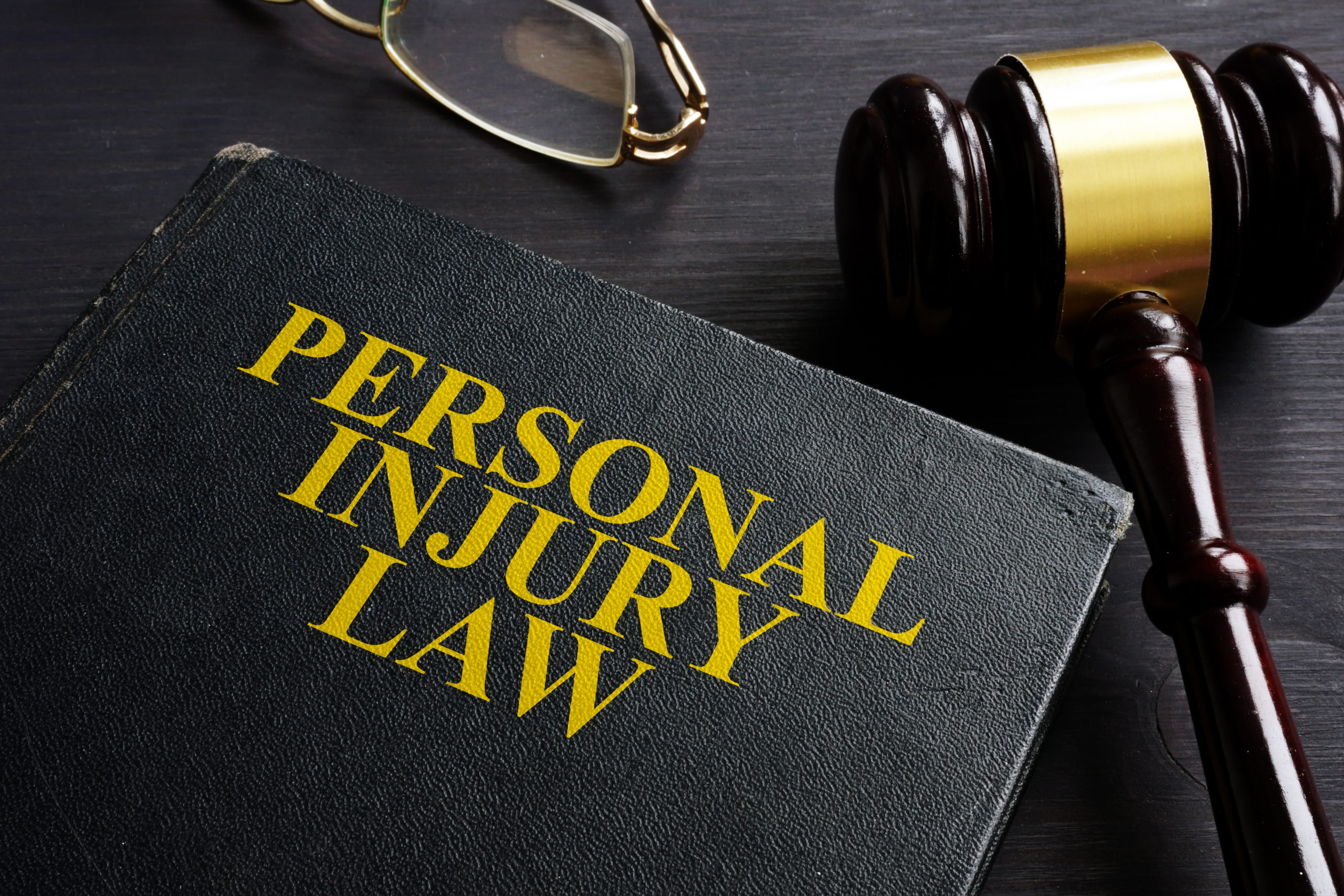When a personal injury case doesn’t settle out of court, it may proceed to trial, a situation that can feel overwhelming for those unfamiliar with courtroom procedures. Many individuals envision dramatic legal battles filled with emotional testimonies and fiery objections, but the reality is typically more methodical and structured. Understanding the process helps reduce uncertainty and prepares you for the steps ahead. While most personal injury claims settle before reaching trial, some require a judge or jury to determine liability and compensation.
We will explore what takes place when a personal injury case goes to trial, including the stages involved, what to expect from each party, and how outcomes are determined. Whether you’re a plaintiff seeking justice or simply curious about the legal system, this breakdown will offer insights into the often misunderstood process of courtroom litigation. Many resources, including your attorney’s website, can provide additional guidance, but this overview will help you build a clearer foundation. By the end, you’ll be better prepared to navigate or understand the full arc of a trial experience.
What to Expect When Your Personal Injury Case Goes to Court
1. Jury Selection and Pre-Trial Motions
The first phase of a personal injury trial is jury selection, also known as voir dire. In cases with a jury, potential jurors are questioned by both attorneys to uncover any biases or connections that may affect their judgment. This phase can be surprisingly lengthy and strategic, as each side aims to select jurors it believes will be sympathetic to its position. The judge also participates, ensuring fairness and balance in the final jury panel. At the same time, both attorneys may file pre-trial motions. These motions may request the exclusion of certain evidence, request a change of venue, or seek dismissal of the case under specific legal grounds. Once the jury is selected and pre-trial issues are resolved, the trial formally begins. Even at this point, last-minute settlements may occur as pressure increases and both parties reassess their chances in front of a jury.
2. Opening Statements and Presentation of Evidence
After jury selection, both attorneys present opening statements. These are not arguments but rather previews of the evidence and what each side believes the trial will reveal. The plaintiff’s attorney goes first, outlining how the injury occurred, who was at fault, and the nature of the damages. Then the defense attorney offers their perspective, which may involve disputing liability, minimizing the severity of the injury, or both. Following the opening statements, the plaintiff presents their case-in-chief, which includes calling witnesses such as medical professionals, accident reconstructionists, and the injured party.
Physical evidence, like photographs, videos, and medical records, may be introduced to support claims. After the plaintiff rests their case, the defense gets its opportunity to challenge those assertions and offer alternative explanations or evidence. Witness credibility, consistency, and emotional appeal all come into play during this back-and-forth presentation of facts. This phase can last anywhere from days to weeks, depending on the complexity of the case and the volume of evidence.
3. Cross-Examination and Legal Objections
One of the most dramatic and intense aspects of a trial is the cross-examination. This is when the opposing attorney gets to question the other side’s witnesses. The goal is often to reveal inconsistencies, question reliability, or challenge the accuracy of testimony. Witnesses who seem confident during direct examination can sometimes become flustered when faced with aggressive or cleverly framed questions during cross-examination. In addition to cross-examination, objections frequently arise as attorneys attempt to block certain questions or evidence from being presented.
Phrases like “Objection, hearsay” or “Objection, relevance” are used to protect the legal integrity of the proceedings. The judge rules on these objections in real-time, either allowing the line of questioning to continue or instructing the jury to disregard certain statements. These moments add drama but also serve a serious purpose—ensuring that the case is judged on facts that are legally admissible and fair to both parties.
4. Closing Arguments and Jury Deliberation
Once all evidence has been presented, both attorneys make closing arguments. This is their opportunity to summarize the case, highlight key points, and try to persuade the jury to view the facts through their lens. The plaintiff’s attorney will likely focus on the impact of the injury, the defendant’s responsibility, and the need for fair compensation. The defense may emphasize doubt, alternative explanations, or the possibility that the plaintiff’s injuries were not as severe as claimed. These arguments are critical because they help the jury consolidate all the information they’ve received.
After closing statements, the judge reads instructions to the jury, explaining the legal standards they must use to reach a verdict. The jury then retreats to deliberate in private. Deliberation time can vary—some juries reach decisions in hours, others take days. Jurors must carefully review all evidence, apply the law as instructed, and aim to reach a unanimous or majority decision, depending on the jurisdiction.
Going to trial in a personal injury case can be a long and complex journey filled with strategic moves, legal arguments, and emotional moments. While most cases settle out of court, those that proceed to trial follow a specific path that involves jury selection, evidence presentation, witness questioning, and ultimately, a verdict. Understanding these processes helps individuals feel more prepared, less anxious, and better equipped to handle the ups and downs of courtroom litigation. While trials are not guaranteed to bring victory, they remain a vital option for those seeking justice when settlement isn’t possible.
